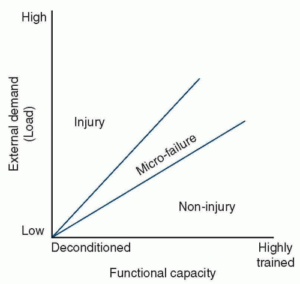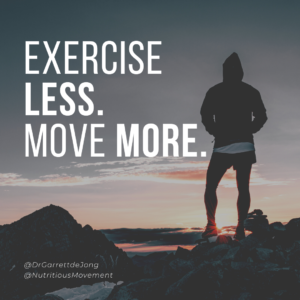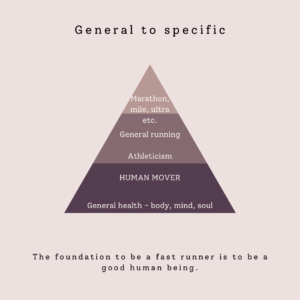Top 5 Tips on How To Avoid Doing Too Much Too Soon
Spring is here! Here are some tips on how to avoid injury so you can enjoy all your favourite spring time activities!

By Garrett de Jong
It’s an exciting time of year, the weather is getting warmer, the snow is melting and the days are getting longer. It’s spring time and you’re excited to get back into your favourite warm weather activities. You dust off your bike, tear through the closet looking for your runners like you’re hiking through the jungle with a machete. You finally find them and head straight out the door. Full of adrenaline and excited to be back on the path to make up for lost time you can’t help yourself but hammer your pace. Sometimes this is just fine and dandy. But unfortunately other times your body gives you the middle finger. You’ve done the dreaded “Too much too soon” 😫.
Here’s 5 tips on how to mitigate your risk of injury and stay healthy this spring!
- Ok let’s start with the obvious: Just Don’t do it! Be mindful and listen to your body. The unfortunate part is that most of us aren’t very good at “listening to our bodies”. So go into the activity with the intention to do less. Have a ‘less is more’, and ‘leave yourself wanting more’ approach at first. I often remind clients/athletes that your first runs/activity after a break shouldn’t be actual workouts, they are simply exposing you to the movements. You need to have patience and delay gratification. Soon you will have some amazing workouts but not if you go from 0 to 100 and end up sidelined with injury for weeks. We need to consciously hold back early on because our bodies are actually quite capable of accomplishing many things in the short term. Our bodies are designed to prioritize short term health over long term wellbeing.
- Should I follow the 10% rule? Increasing your training/activity volume by no more than 10% each week has been a popular approach but definitely has limited value. A better approach is to look at your “Acute to chronic workload” – basically weekly (acute) load should not excess the average monthly (chronic) workload by a ratio greater than 1.5. In either case it’s important to remember “all models are wrong, but some are useful”. The acute to chronic workload model is more useful than the 10% rule.
- Prioritize Frequency over Amplitude. The body responds better to doing “lots of a little” versus doing “a little of a lot”! This will allow you to stay consistent and therefore your body will adapt safely over time.
The body responds better to doing “lots of a little” versus doing “a little of a lot”!
3. Build the foundation! A big part of ‘doing too much too soon’ is simply because we’ve been doing ‘too little for too long’. Our capacity is underprepared to meet the demands of the activity (See pic below). It is essential that we have a solid foundation to support the stress of the activities. Prioritizing quality movements will make a solid foundation. Strength and mobility training with quality will support the quantity we desire (long runs, long rides, hiking, etc.). One of my mottos is “quality FOR quantity”.
A. With a strong foundation we don’t need to be so anal about all this. Some of the best things in life happen when we do too much too soon! With a strong foundation you’ll be more robust and ideally ‘bend but not break.’
4. Include variability! Think of your movement practice as a diet. You want it to be as balanced as possible. Movement has an infinite amount of options. Get as much variability as possible, your body craves it. For the sake of convenience modern humans have out-sourced much of the movement we’ve evolved to require in our days. Our ancestral DNA isn’t evolving as quickly as our modern lifestyles and we are paying the price. This is another example of a ‘mismatch disease’. Including more variability in your activities will support that strong foundation and reduce your risk of injury.
A. With that said it is still wise to slowly build more and more variability in your days. Use the Goldilocks principle of not too much, not too little.




5. Do all the other little things: sleep well, eat/drink well, be mindful of your stress levels, sit a little less etc. Everything is connected!
Thanks for reading! Let me know if you have any questions. I’d love to hear your thoughts and feedback. Have a great spring season!
Cheers,
Garrett